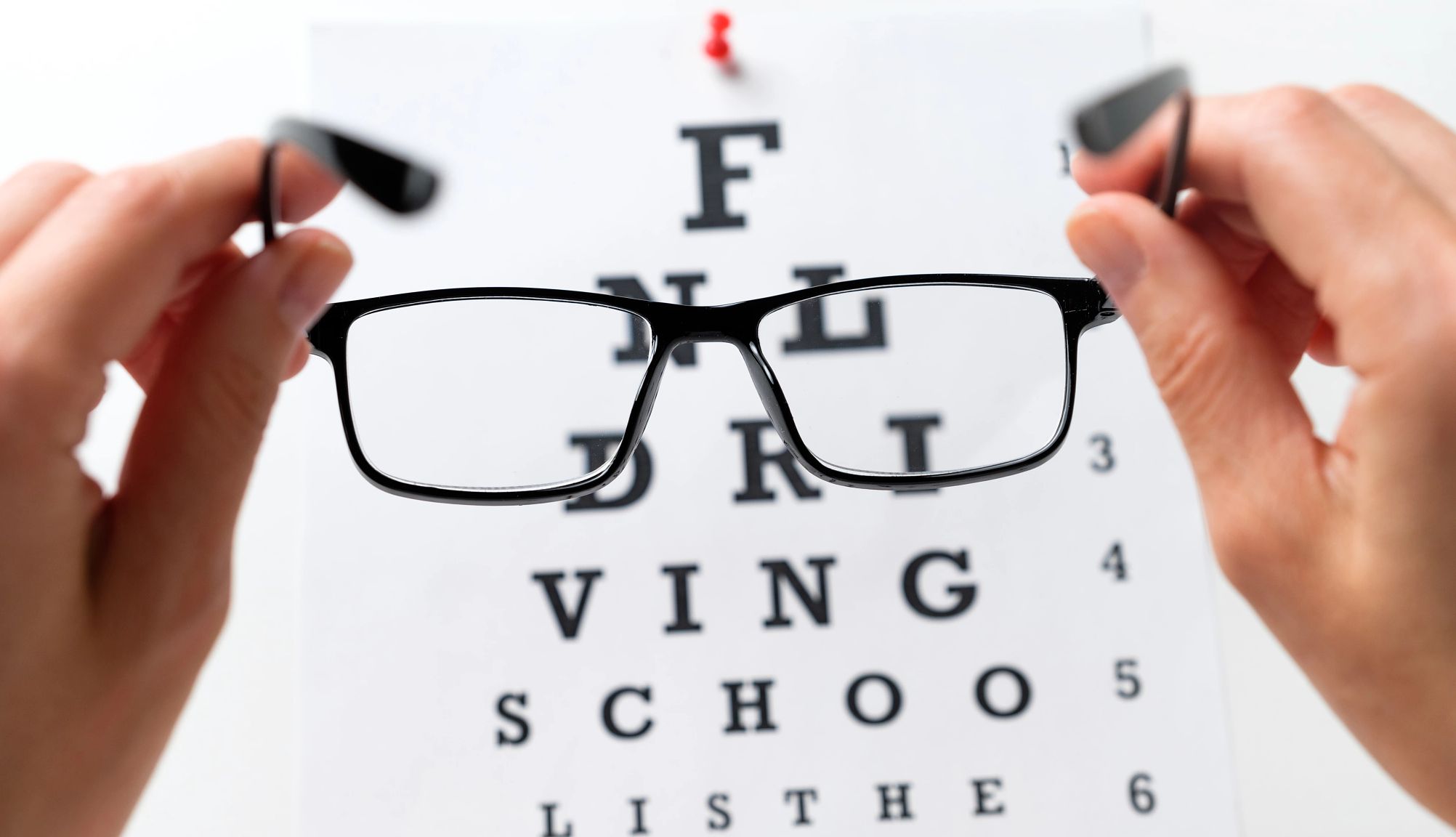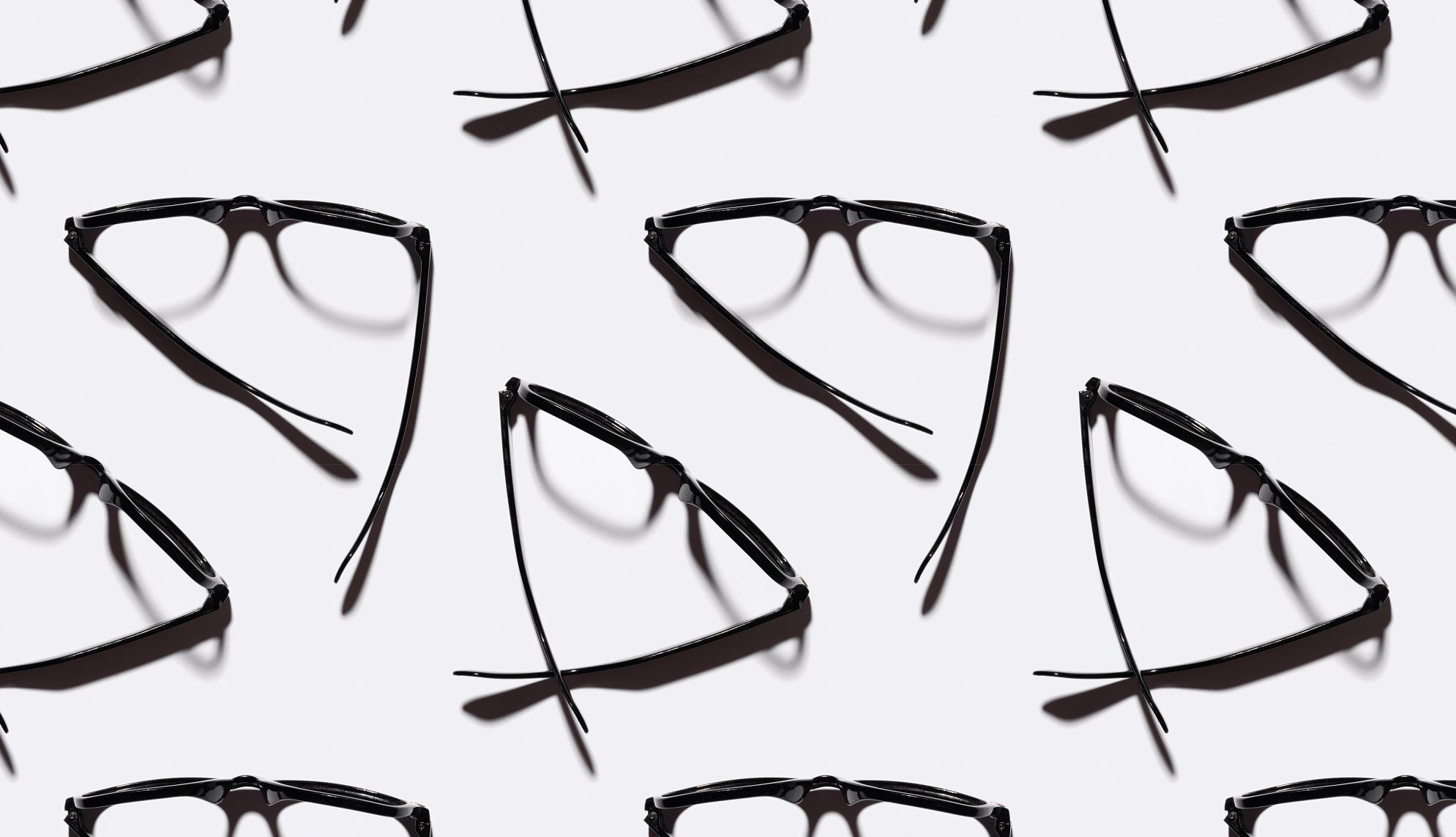AARP Hearing Center


In this story
Where to start • Make meals count • Fine-tune your habits • Medical matters
Are you concerned about losing your vision with age? Many people are. A survey by the American Association of Ophthalmology found that about two-thirds of American adults believe some vision loss is inevitable as they age. But not all vision loss is inevitable. The truth is that there are some fairly simple habits that can help protect your eyesight to age 65 and beyond. We asked top ophthalmologists how to take the best possible care of your eyes now to improve your odds of having good vision later. Here is their advice.


WHERE TO START
1. Get your eyes checked regularly
Experts advise a thorough eye exam around age 40, and checkups at least every year or two after age 60. Many age-related eye conditions have no early symptoms — glaucoma, for example, which can result in blindness if not treated — but an ophthalmologist or optometrist can spot them. And here’s another reason to make that appointment: Eye physicians can sometimes detect cholesterol plaques and alert you to your risk for strokes just by looking at your eyes. Reminder: Bring sunglasses to your exam. Your eyes can be sensitive to light for a few hours after your pupils are dilated. Also bring a list of your current medications, since certain drugs can affect your eyesight.
2. Protect your peepers from the sun
Ultraviolet (UV) rays can have serious, and sometimes irreversible, consequences for the eyes. “We know that cataracts, for example, happen more often in people who don’t protect their eyes from the sun,” explains Allister Gibbons, M.D., an ophthalmologist at the Bascom Palmer Eye Institute and an associate professor at the University of Miami. UV rays from sun exposure can also lead to skin cancers on the eyelid and even the eyeball, which is also composed of melanin-producing cells. “You will not find me outside without sunglasses and a hat,” Gibbons says.
3. Mind your heart health
High blood pressure and high cholesterol can do a number on the blood vessels in your eyes, causing bleeds or blockages that permanently damage the retina. That’s why watching your numbers is important not only for your heart, but for your eyes. “What makes sense for one part of your body also makes sense for other parts,” explains Julia Haller, M.D., ophthalmologist in chief at the Wills Eye Hospital in Philadelphia and chair of ophthalmology at the Sidney Kimmel Medical College at Thomas Jefferson University. Check out the AARP Smart Guide: Healthy Heart for easy, expert-endorsed ways to boost your cardiovascular health — which will also keep your eye’s blood vessels working properly.
4. Drop that cigarette
Experts are unanimous: Smoking is one of the worst things you can do to your eyes. According to the Centers for Disease Control and Prevention (CDC), smokers are twice as likely as nonsmokers to develop age-related macular degeneration (AMD), the leading cause of blindness in older Americans, and two to three times more likely to develop cataracts. No matter how long you’ve been smoking, quitting now can reduce your risk of eye trouble later. The CDC’s website offers guidance on the best ways to give up tobacco for good.


MAKE MEALS COUNT
5. Switch to fish
Salmon, tuna and other oily cold-water fish are high in the omega-3 fatty acids known to lower high blood pressure and reduce inflammation, so talk to your ophthalmologist about whether eating fish could help in your case. The American Heart Association recommends eating fish at least twice a week. (Other foods high in omega-3s include edamame, refried beans and flaxseed oil.)
6. Eat your greens
Ophthalmologists recommend including dark, leafy vegetables like spinach, kale or collard greens in your diet. Because they’re rich in lutein and zeaxanthin, two antioxidants that protect the eyes from UV rays, these vegetables may help reduce your risk of developing AMD and contribute to your overall eye health. The U.S. Department of Agriculture's Dietary Guidelines for Americans recommends eating one and a half cups of dark green vegetables per week. So when you’re wavering between fries or a side salad, order the salad. Your eyes will thank you.
7. Opt for orange fruits and vegetables
The color of many orange fruits and vegetables — including sweet potatoes, carrots and butternut squash — comes from beta-carotene, which converts to vitamin A in your system. Your eyes use this nutrient to stay lubricated as well as to produce pigments needed for night vision.































































You Might Also Like
10 Best Superfoods for Your Eyes
Discover the nutritious (and delicious) foods that can help protect your vision and eye health
How to Build Healthy Habits
These tips can help create changes that positively impact your well-being for years to come
Smart Guide to Oral Health
From how to brush your teeth to slowing enamel loss, we have tips to keep your mouth in good shape
Recommended for You